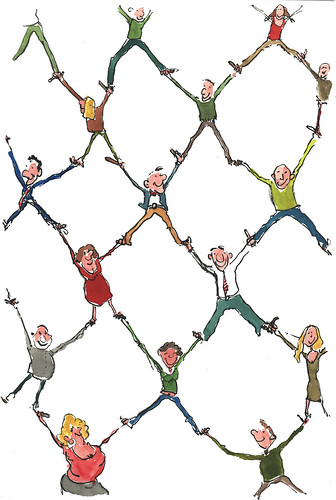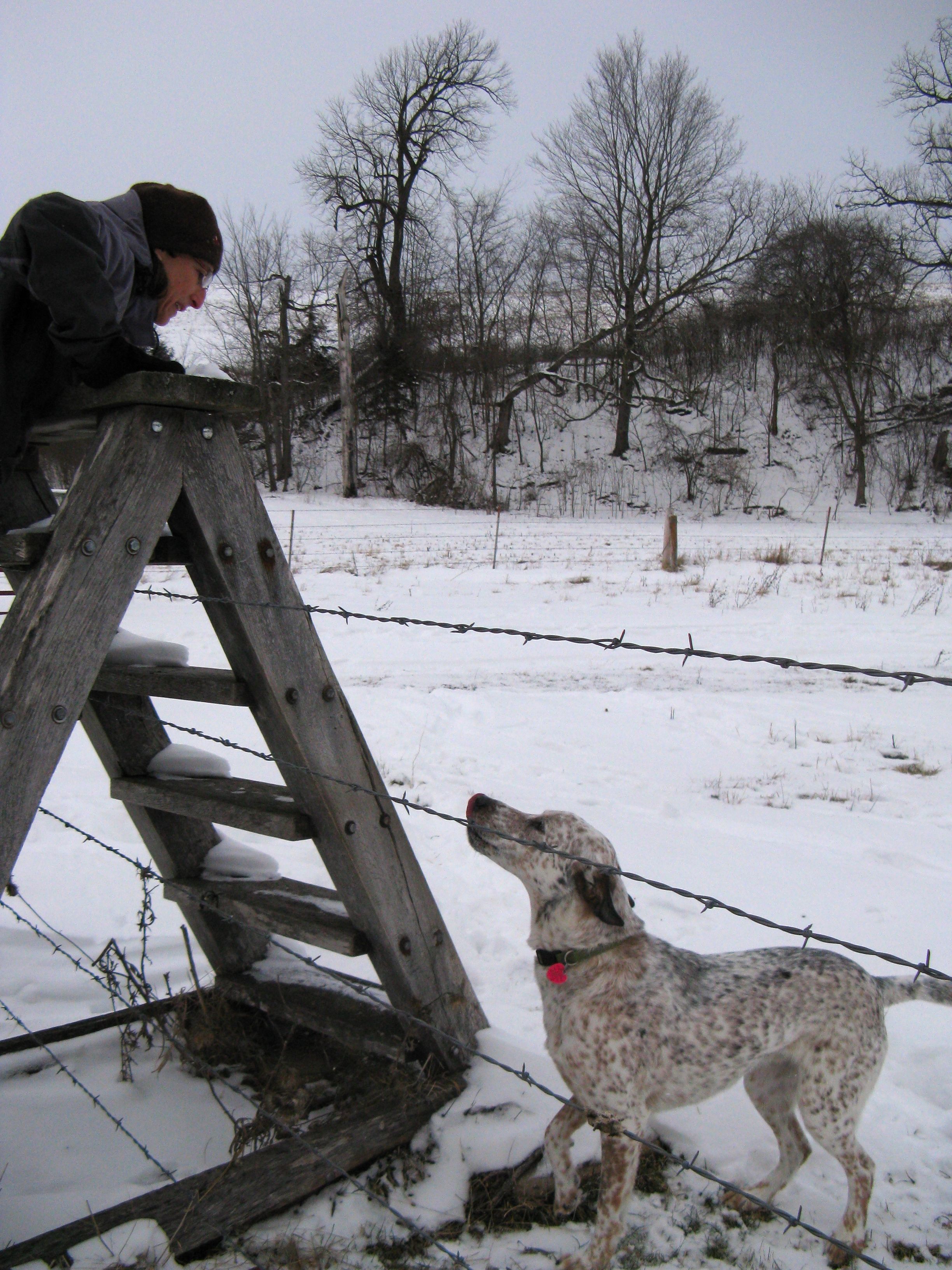
steve peterson
I just realized that the last post was my 100th since I started this blog in October 2012. This is a good time to reflect. Interestingly, that post deals with some of the same subject matter as the first post — the insanity of posting predetermined “learning goals” for all of our day — a post that I never published because I was nervous about what others might think.
The symmetry seems significant. First, the fact that I’m still struggling with this issue now for at least two years shows either how intractable the problem is, how unable I am to effectively deal with it, or…something else that I haven’t imagined. Yet, the fact is, this blog has allowed me to identify and explore the ideas that seem most important to me, to my life “inside the dog” where it is sometimes too dark to read the story of our shared life of learning. I had hoped to use this blog to flick on a reading lamp. And, while sometimes the chandelier inside contains a rather dim bulb :), the light sure has helped me see better.
Second, the fact that I can talk about these concerns now while earlier I was silent means that I have begun to find a voice, my voice. I do not pretend to have all of the answers, or even to know all of the questions, but this blog has helped me become a better, more articulate thinker. Writing just does that for me. It helps me think by giving me words. As a result, not only can I say what I think, I can also know what I think. Writing is magical. It calls forth ideas like a silkworm spins silk.
Finally, this blog has put me in contact with other thinkers whose ideas (and spirit) have meant so very much to me. I’m thinking especially of
- Vicki Vinton (To Make a Prairie), whose weekly posts always range far beyond the subject of reading and into the joys of real learning. Much of what I have been thinking about here has benefited from conversation with Vicki and her marvelous band of readers, from Vicki’s insightful thinking about learning and what readers really do, and, well, from the generous spirit that glows in the words of her blog;
- the dynamic duo of Jan Burkins and Kim Yaris (Burkins & Yaris) whose explorations of the Common Core model for me what true inquiry looks, sounds, and feels like, and whose prose takes on the feel of poetry, whose partnership in blogging helps me see what collaboration at its best can become;
- Mary Lee Hahn and Franki Sibberson (A Year of Reading), another dynamic duo whose blog has informed and enlightened me for longer than any other (though I just started commenting on it about a year ago.) I love their consistent, insistent sharing of their ongoing learning and their creative souls. Here’s to you, Mary Lee, for your poems and your mosaics and your student-made videos and…And to you, Franki, for your inquiry and your technology and for sharing your classroom journey. And to both of you for some powerfully wonderful book reviews!;
- Julieanne Harmatz (To Read, To Write, To Be), a new friend-across-a-distance whose writing about her classroom contains such clarity and grace, whose stories of classroom celebration are poignant and always generous of spirit, whose descriptions contain the kernel of what learning can be, even within the confines of a school-day classroom;
- Fran McVeigh (Resource – Full) another new friend, a fellow Iowan who I’ve never met in person but whose comments on others’ blog posts are impressive and thoughtful, for her immense base of knowledge and passion for learning and teaching, for her unflagging willingness to share all that she knows with others.
There are so many others whose work has inspired me, though they do not really know it; folks like Kevin Hodgson, Paul Solarz, Michael Doyle, Christopher Danielson, Bill Ferriter, and many more.
So, to the first 100, it’s a wrap. I will see what the next year brings. Cheers.









 I’ve been struggling with how to write this post until I read
I’ve been struggling with how to write this post until I read